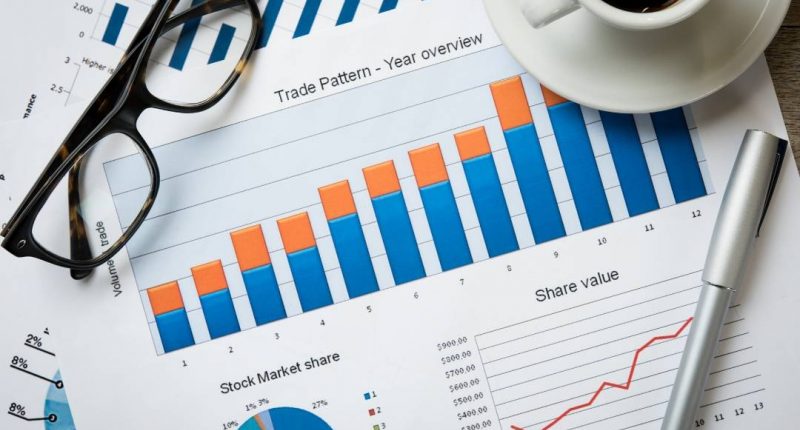It is essential for every individual to build a hedge against inflation and engage in suitable investments across various asset classes.
In simple terms, investment is all about putting ones hard-earned savings into one or more asset classes – either short-term (six months to a year) or long-term (1-3 years or 3-10 years in certain cases), with the objective of creating wealth.
The end use of wealth could be various ways. For instance, it could be used for a child’s education, in creating a corpus for children’s marriage; in the purchase of a new home or property; in buying a new vehicle, in medical expenditure and quite importantly, in retirement plans; in dealing with unforeseen and emergency circumstances.
It is important to understand that there are key differences between savings and investments:
So, to begin with, anything that is not consumed today, and saved for the future, is known as savings. Which means that savings is the surplus income over expenditure.
Investment is an asset that remains with an individual. Its task is to create personal wealth for you. It is measurable, it is the surplus left over after consumption.
Generally, investments involve two elements: First, it generates income on a periodic basis and second, by the nature of the investment plan, it results in growth of its value over a period.
There are various factors which are known to influence investments:
- Returns: This is what one gets from an investment. It could be in the form of interest, dividends, rent or a rise/appreciation in the value of an asset – also called capital gains.
- Capital protection: Risk is a part of every investment. Whenever an indiviual invests in an asset, there is always an inherent risk that is present. Risk can lead to losses in the initial value of the investment. Hence, protecting one’s capital is the most important aspect of investment. Therefore, permanency of capital is a fundamental factor while considering investments. Every investment assets has a typical risk and associated return profile/relationship.
- Tax and inflation: Returns or the income that we earn from our investments naturally attract taxes. So, while calculating our returns, only net income, which is also called real income after tax deductions and inflation calculation, should be considered.
- Liquidity: It is the characteristic of an asset as to how quickly it can be redeemed and converted into cash, with minimal loss in value. Equities or financial assets and gold are considered most liquid assets. Real estate such as land or flats or a house is generally considered the least liquid of assets.
- Divisibility: This refers to selling or converting only a portion of an individual’s investment holdings into cash. For instance, one can sell a part of their equity or mutual fund holdings and retain the remaining balance as investment.

Rajiv is an independent editorial consultant for the last decade. Prior to this, he worked as a full-time journalist associated with various prominent print media houses. In his spare time, he loves to paint on canvas.





